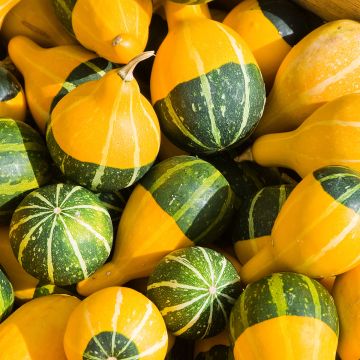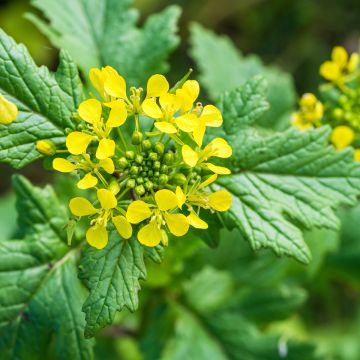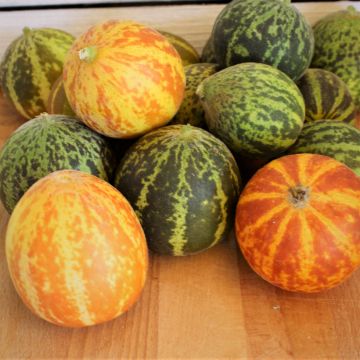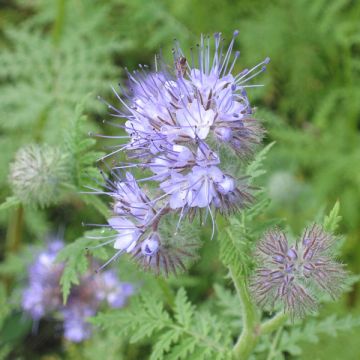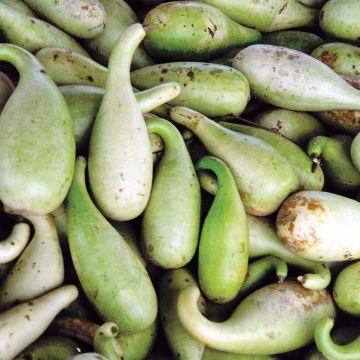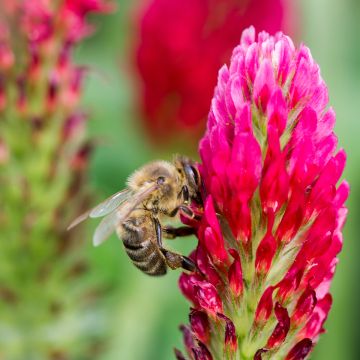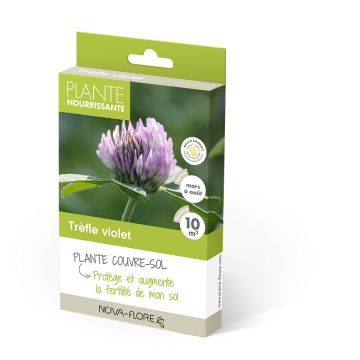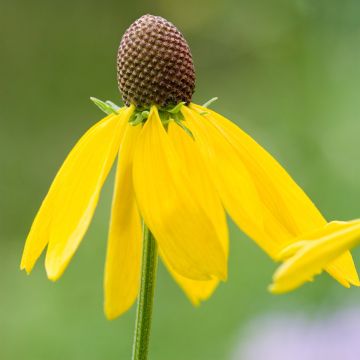Shipping country and language
Your country of residence may be:
Your country of residence is:
For a better user experience on our website, you can select:
Your shipping country:
-
Andorra
-
Austria
-
Belgium
-
Bulgaria
-
Canada
-
Chile
-
Croatia
-
Cyprus
-
Czechia
-
Denmark
-
Estonia
-
Finland
-
France
-
Germany
-
Greece
-
Hungary
-
Iceland
-
Ireland
-
Italy
-
Latvia
-
Lithuania
-
Luxembourg
-
Malta
-
Monaco
-
Netherlands
-
Poland
-
Portugal
-
Romania
-
Slovakia
-
Slovenia
-
Spain
-
Sweden
-
Switzerland
-
United Kingdom
We only deliver seed and bulb products to your country. If you add other products to your basket, they cannot be shipped.
Language:
-
French
-
German
-
Spanish
-
English
My Account
Hello
My wish lists
Log in / Register
Existing customer?
New customer?
Create an account to track your orders, access our customer service and, if you wish, make the most of our upcoming offers.
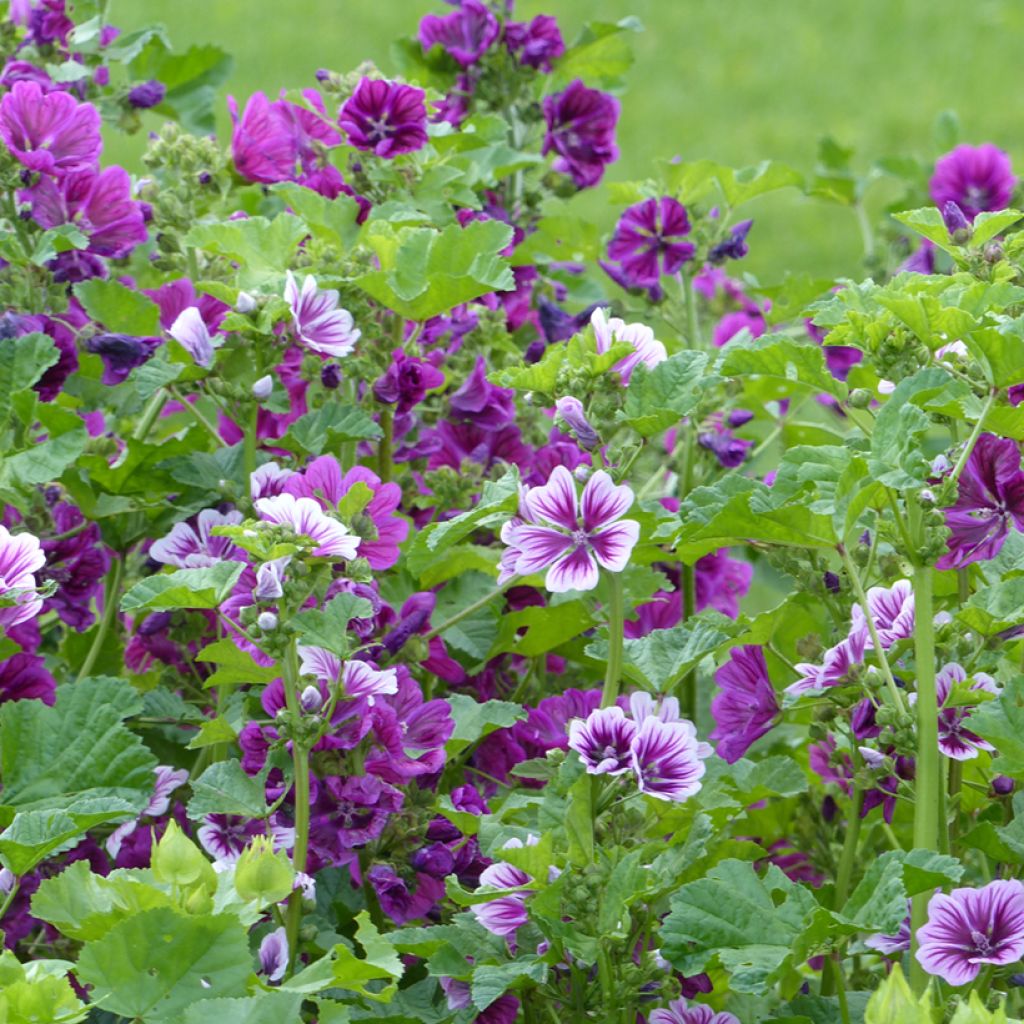

Malva sylvestris Purple Zebra Mix - Common mallow seeds
Malva sylvestris Purple Zebra Mix - Common mallow seeds
Malva sylvestris Purple Zebra Mix (Mauritiana & Zebrina)
Common mallow, High mallow, Tall mallow
Order in the next for dispatch today!
Dispatch by letter from €3.90.
Delivery charge from €5.90 Oversize package delivery charge from €6.90.
More information
This item is not available in your country.
Schedule delivery date,
and select date in basket
This plant carries a 6 months recovery warranty
More information
We guarantee the quality of our plants for a full growing cycle, and will replace at our expense any plant that fails to recover under normal climatic and planting conditions.
Seed-only orders are dispatched by sealed envelope. The delivery charge for seed-only orders is €3.90.
Does this plant fit my garden?
Set up your Plantfit profile →
Description
The Malva sylvestris 'Purple Zebra Mix' is a mix of two beautiful varieties of tall Mallow. More biennial than perennial, the Wood Mallow is interesting for its robustness and long summer flowering in pink and purple tones. The cup-shaped flowers, intensely veined with dark flames, cluster tightly on strong stems. They offer a very beautiful spectacle throughout the summer, even in the first year of cultivation. The High Mallow is hardy, adapts to almost all soils, and tolerates drought.
The 'Purple Zebra Mix' combines the varieties 'Mauritiana' and 'Zebrina'. The species, Malva sylvestris, is an herbaceous plant of the mallow family. Native to Europe, North Africa, and Western Asia, it is commonly found in meadows, roadsides, and fallow land, usually on rich, well-drained soils, in sunny or slightly shaded areas. It is a hemicryptophyte, with above-ground parts dying in winter while buds remain close to the ground to sprout in spring. Relatively drought-resistant, it has deep roots allowing it to draw water from depth.
'Purple Zebra Mix' produces usually biennial plants, rarely living more than two years. Each has an upright habit, its vegetation covered with spreading hairs, reaching approximately 1 m in height when flowering and occupying 60 cm of ground space. Its stems bear large heart-shaped to rounded leaves, slightly lobed, and crinkled, of a very rich dark green. Flowering occurs from June to September, which can vary depending on the sowing date. The flowers are grouped in well-distributed clusters on strong stems, displaying perfect architecture and chromatic harmony. These are corollas with 5 notched petals measuring between 3 and 5 cm in diameter. In 'Zebrina', they are pale pink with veins resembling tapered flames, of such a dark purple that they appear almost black when plunging into the heart of the flower. In 'Mauritania', their colour is a purplish pink leaning more towards blue than those of the wild form. They are also more subtly veined. This flowering is honey-producing and nectar-rich. After pollination, fruits shaped like small wheels form, containing 11 or 12 large seeds.
The 'Purple Zebra Mix' Mallow is ideal in natural areas, on large slopes or in cottage gardens alongside tree mallows, mulleins (Verbascum), or tall ornamental thistles. You can associate it with Achillea millefolium 'Paprika' with umbels of bright red to orange flowers. In a flowerbed, mix it with Echinacea purpurea 'Magnus'. On a slope, consider 'Hidcote' Lavender.
Report an error about the product description
Malva sylvestris Purple Zebra Mix - Common mallow seeds in pictures


Flowering
Foliage
Plant habit
Botanical data
Malva
sylvestris
Purple Zebra Mix (Mauritiana & Zebrina)
Malvaceae
Common mallow, High mallow, Tall mallow
Cultivar or hybrid
Planting and care
Sow the seeds of the Large mallow 'Purple Zebra' from late winter to early spring by burying them fairly deeply in a rich soil. Ensure that the soil is moist, but not waterlogged and seal them in a polythene bag until germination, which usually takes 15 to 21 days at 21°C. Transplant when the young plants are large enough to handle into 8 cm pots. Let them grow in cooler conditions, then plant them in the ground in a not too rich soil, even chalky, spaced at least 40 cm apart.
Like all other species of the genus, this mallow can be prone to rust, which is more unsightly than harmful for the plant. It is the damp conditions that promote the appearance of the disease. It is best to prune the clump every spring as you would with a lavatera. If you grow this plant in soil too rich in organic matter, it will tend to lay its stems and a support may be necessary.
Sowing period
Intended location
This item has not been reviewed yet - be the first to leave a review about it.
Flower seeds
Haven't found what you were looking for?
Hardiness is the lowest winter temperature a plant can endure without suffering serious damage or even dying. However, hardiness is affected by location (a sheltered area, such as a patio), protection (winter cover) and soil type (hardiness is improved by well-drained soil).

Photo Sharing Terms & Conditions
In order to encourage gardeners to interact and share their experiences, Promesse de fleurs offers various media enabling content to be uploaded onto its Site - in particular via the ‘Photo sharing’ module.
The User agrees to refrain from:
- Posting any content that is illegal, prejudicial, insulting, racist, inciteful to hatred, revisionist, contrary to public decency, that infringes on privacy or on the privacy rights of third parties, in particular the publicity rights of persons and goods, intellectual property rights, or the right to privacy.
- Submitting content on behalf of a third party;
- Impersonate the identity of a third party and/or publish any personal information about a third party;
In general, the User undertakes to refrain from any unethical behaviour.
All Content (in particular text, comments, files, images, photos, videos, creative works, etc.), which may be subject to property or intellectual property rights, image or other private rights, shall remain the property of the User, subject to the limited rights granted by the terms of the licence granted by Promesse de fleurs as stated below. Users are at liberty to publish or not to publish such Content on the Site, notably via the ‘Photo Sharing’ facility, and accept that this Content shall be made public and freely accessible, notably on the Internet.
Users further acknowledge, undertake to have ,and guarantee that they hold all necessary rights and permissions to publish such material on the Site, in particular with regard to the legislation in force pertaining to any privacy, property, intellectual property, image, or contractual rights, or rights of any other nature. By publishing such Content on the Site, Users acknowledge accepting full liability as publishers of the Content within the meaning of the law, and grant Promesse de fleurs, free of charge, an inclusive, worldwide licence for the said Content for the entire duration of its publication, including all reproduction, representation, up/downloading, displaying, performing, transmission, and storage rights.
Users also grant permission for their name to be linked to the Content and accept that this link may not always be made available.
By engaging in posting material, Users consent to their Content becoming automatically accessible on the Internet, in particular on other sites and/or blogs and/or web pages of the Promesse de fleurs site, including in particular social pages and the Promesse de fleurs catalogue.
Users may secure the removal of entrusted content free of charge by issuing a simple request via our contact form.
The flowering period indicated on our website applies to countries and regions located in USDA zone 8 (France, the United Kingdom, Ireland, the Netherlands, etc.)
It will vary according to where you live:
- In zones 9 to 10 (Italy, Spain, Greece, etc.), flowering will occur about 2 to 4 weeks earlier.
- In zones 6 to 7 (Germany, Poland, Slovenia, and lower mountainous regions), flowering will be delayed by 2 to 3 weeks.
- In zone 5 (Central Europe, Scandinavia), blooming will be delayed by 3 to 5 weeks.
In temperate climates, pruning of spring-flowering shrubs (forsythia, spireas, etc.) should be done just after flowering.
Pruning of summer-flowering shrubs (Indian Lilac, Perovskia, etc.) can be done in winter or spring.
In cold regions as well as with frost-sensitive plants, avoid pruning too early when severe frosts may still occur.
The planting period indicated on our website applies to countries and regions located in USDA zone 8 (France, United Kingdom, Ireland, Netherlands).
It will vary according to where you live:
- In Mediterranean zones (Marseille, Madrid, Milan, etc.), autumn and winter are the best planting periods.
- In continental zones (Strasbourg, Munich, Vienna, etc.), delay planting by 2 to 3 weeks in spring and bring it forward by 2 to 4 weeks in autumn.
- In mountainous regions (the Alps, Pyrenees, Carpathians, etc.), it is best to plant in late spring (May-June) or late summer (August-September).
The harvesting period indicated on our website applies to countries and regions in USDA zone 8 (France, England, Ireland, the Netherlands).
In colder areas (Scandinavia, Poland, Austria...) fruit and vegetable harvests are likely to be delayed by 3-4 weeks.
In warmer areas (Italy, Spain, Greece, etc.), harvesting will probably take place earlier, depending on weather conditions.
The sowing periods indicated on our website apply to countries and regions within USDA Zone 8 (France, UK, Ireland, Netherlands).
In colder areas (Scandinavia, Poland, Austria...), delay any outdoor sowing by 3-4 weeks, or sow under glass.
In warmer climes (Italy, Spain, Greece, etc.), bring outdoor sowing forward by a few weeks.


